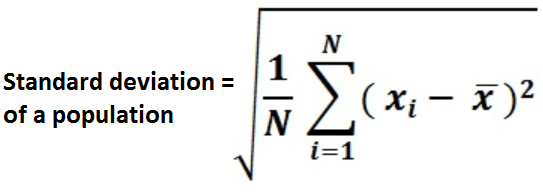

"Tidy data builds on a premise of data science that data sets contain both values and relationships. The following paragraphs in quotes come from the chapter on Data Tidying in Data Science with R by Garrett Grolemund. There are three interrelated rules which make a dataset tidy:Įxcerpts from Data Science with R by Garrett Grolemund These are all representations of the same underlying data, but they are not equally easy to use. Each dataset shows the same values of four variables country, year, population, and cases, but each dataset organises the values in a different way. The example below shows the same data organised in four different ways. You can represent the same underlying data in multiple ways. (Note: much of the following comes from “R for Data Science” by Garrett Grolemund and Hadley Wickham and the Tidy Data paper written by Hadley Wickham and published in the Journal of Statistical Software.) To better explain what this means and give it some context, consider some example datasets: A dataset is messy or tidy depending on how rows, columns and tables are matched up with observations, variables and types.”

“Tidy data is a standard way of mapping the meaning of a dataset to its structure. What should good data look like though? How does one know that their data is ready to be analyzed and visualized? The answer is that the dataset should be tidy. While this course won’t require you to do either of these tasks in depth, it is good to know that they’re part of everyday work for a data scientist. Data wrangling is the steps of creating new variables, reshaping the data, joining multiple datasets into one, etc. There’s also usually some amount of wrangling. One step in this process is generally called cleaning, and involves tasks such as “cleaning up” missing or incorrect values, column names, inconsistencies in the data, etc. More often than not, we’ll have to adjust and manage the data to get it into a format that is suitable for visualizations and analysis. It doesn’t take a data scientist to know that there isn’t a single, defined format for data to be organized and stored. 6.1.5 Access your calendar, notes, and tasks.5.4.4 Resources for Finding and Landing a Job.5.4 Marketing Yourself as a Data Scientist.4.4.1 Comparing Proportions Using Confidence Intervals.2 Introduction to the Normal Distribution and Z-Scores.1.5.2 Comparison of summarized data, frequency data, and raw data.


 0 kommentar(er)
0 kommentar(er)
